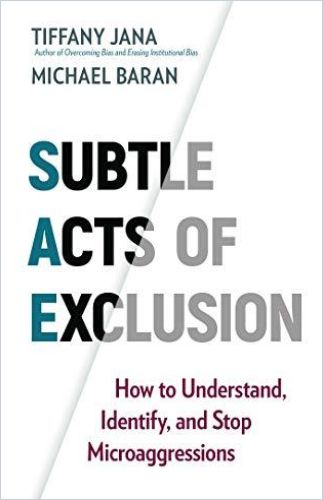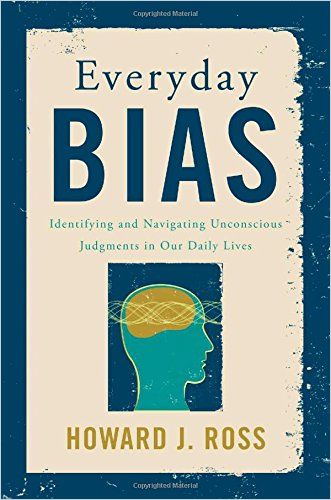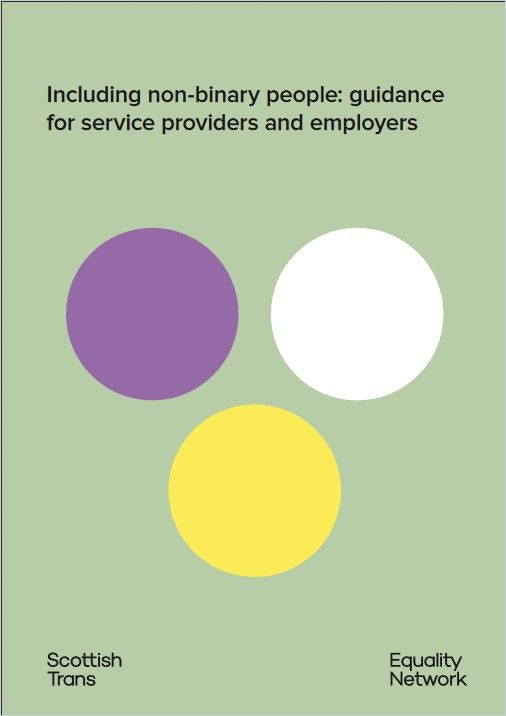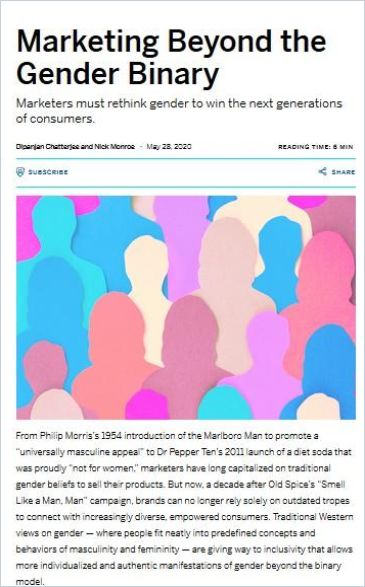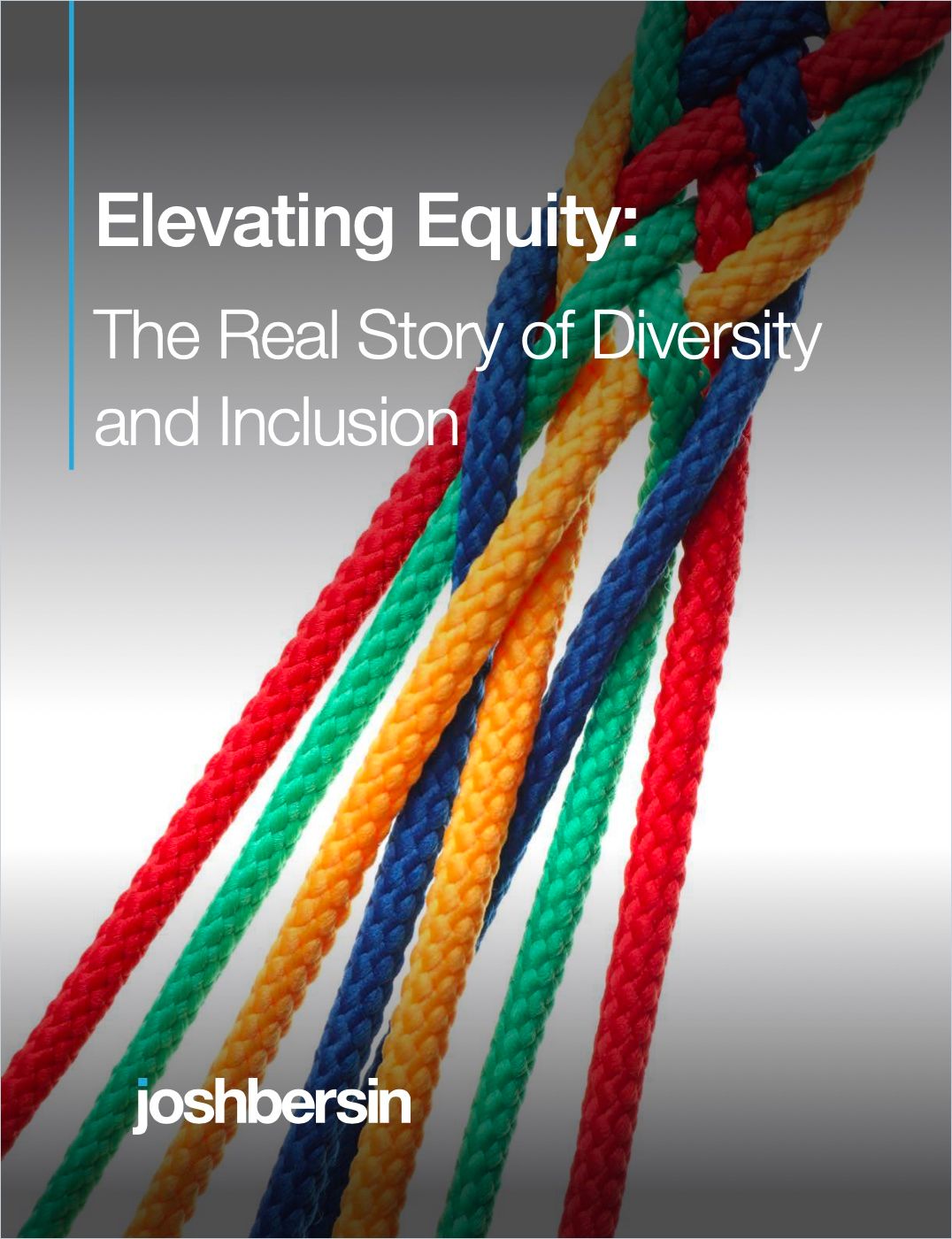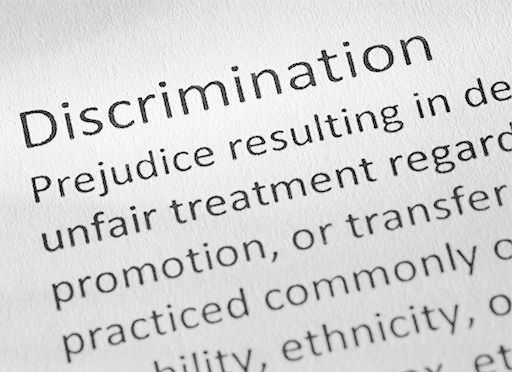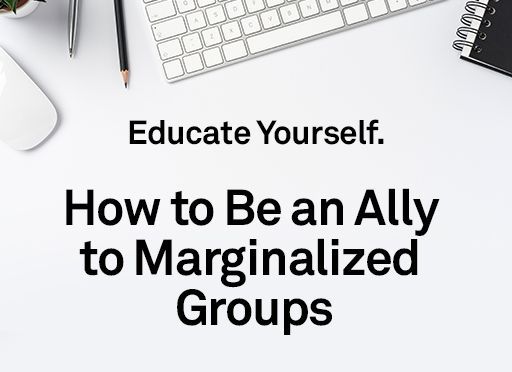Take Action for LGBTQ Inclusion at Work

As Frédéric Martel points out in Global Gay, anything but traditional gender orientations are still quite dangerous in some countries; even in countries where members of the LGBTQ (Lesbian Gay Bisexual Transgender Queer) community have rights. Despite phenomenal progress, including the legal protection of same-sex marriage in the United States and an increasing number of other countries, the United Nations is just beginning to make progress on preventing violence against LGBTQ citizens and pushing for their human rights. The LGBTQ workforce is more diverse, “less white and less male” than it was 20 years ago, so it’s time for companies to update their inclusivity policies to reflect increasing gender diversity in the workforce.
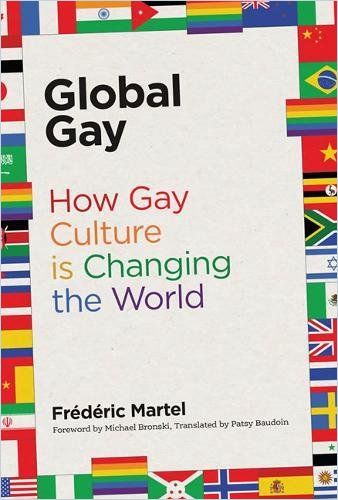
Gender Beyond Male and Female
In their article “Diversity is Just the First Step, Inclusion Comes Next,” Boston Consulting Group notes that 95% of Fortune 500 CEOs are male. Understandably, 78% of white, non-LGBTQ males feel quite comfortable with corporate cultures as they are. The rest feel there’s room for improvement.
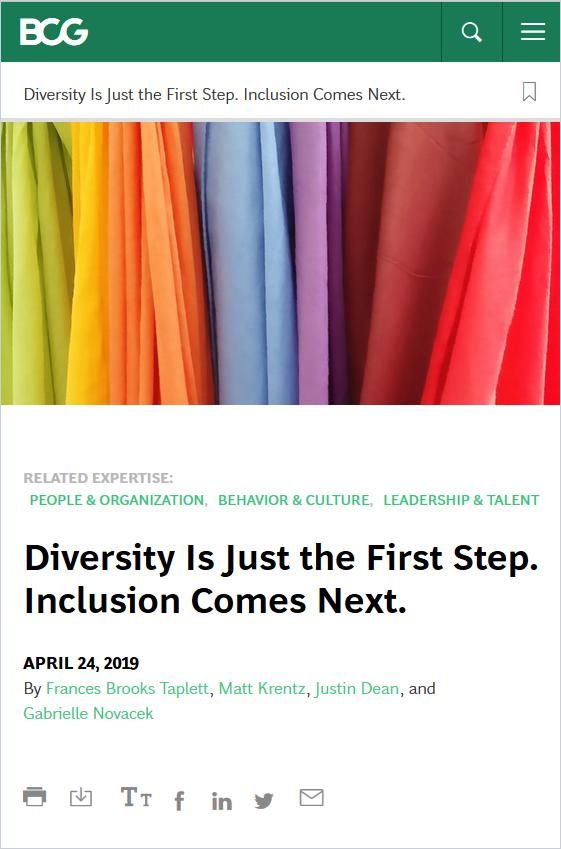
Diversity Is Just the First Step. Inclusion Comes Next.
The Boston Consulting GroupMany millennials and Generation Z employees identify as “nonbinary,” meaning they don’t belong to traditionally defined male/female gender categories. Regardless of how they personally identify, they demand a more inclusive and welcoming corporate environment than ever before. Inclusivity and diversity, as Boston Consulting Group outlines in “A New LGBTQ Workforce Has Arrived,” directly benefit a company’s bottom line. Workplace diversity and inclusion increase employee satisfaction and retention, boost innovation and customer satisfaction, all adding to the bottom line.
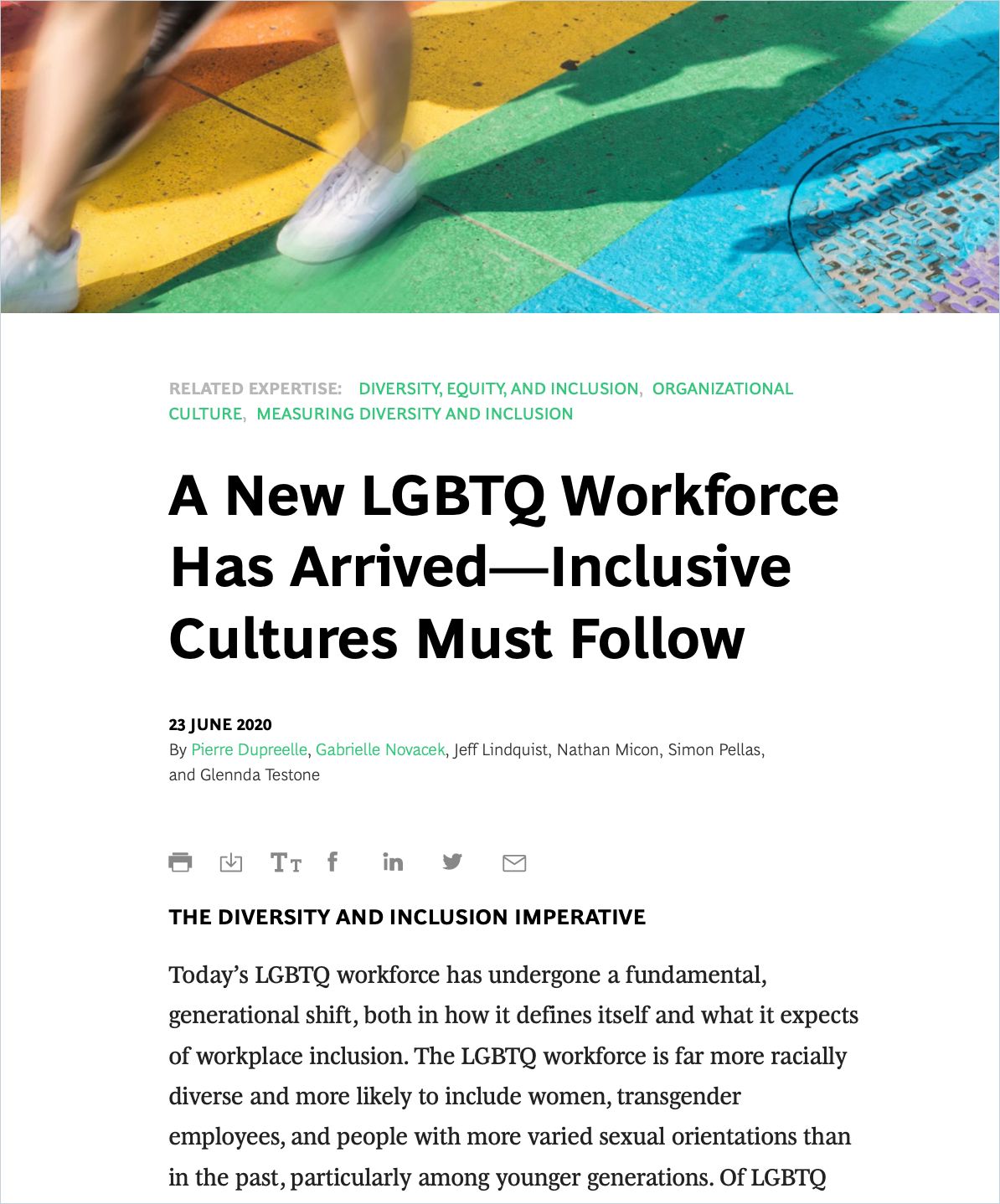
A New LGBTQ Workforce Has Arrived – Inclusive Cultures Must Follow
The Boston Consulting GroupIn addition to basic inclusion issues such as non-discriminatory hiring practices and covering a same-sex partner through an employee’s insurance policy, Boston Consulting Group recommends implementing five initiatives:
- Support LGBTQ employees in their self-identity. Allow them to choose the pronouns they prefer.
- Support “intersectional allyship” by fostering discussion of potentially sensitive subjects including gender. The idea is to increase awareness and respect for differences and consciousness of what gender discrimination looks like.
- Incorporate equity and inclusion goals into key performance indicators (KPIs) and link those to bonuses so leadership models inclusive behavior.
- Select an ombudsman, a point person who deals with instances of discrimination.
- Encourage gender-neutral language throughout the company. Respect and use the pronouns your employees select for themselves.
Despite progress…most LGBTQ employees do not feel truly included in the workplace.
Boston Consulting Group
Beware Bias
Having biases is part of human nature. People have a natural affinity for others who are like them. It’s also human, unfortunately, to substitute stereotypes for people who are different. Acknowledging that bias exists is a good first step toward eliminating it. Studies show how unconscious bias can creep into the hiring process. Authors Mark Kaplan and Mason Donovan suggest in The Inclusion Dividend that you review the places from which you recruit employees. Expand the net by diversifying the pool of potential candidates. For instance, change up the media you place ads in.
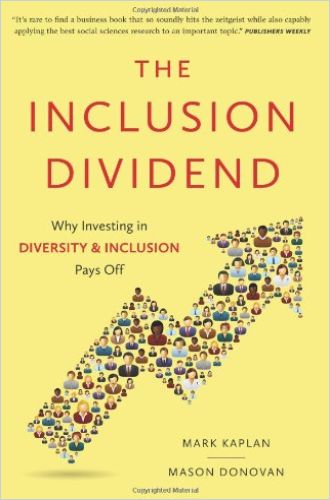
If an employee does not feel welcomed to be her full self, it will not be long before she takes her talent to another organization, one that will accommodate her.
Mark Kaplan and Mason Donovan
Even if gender issues are confusing to some co-workers, companies that foster open, respectful dialogue lay out clear processes for people to collaborate as well as navigate differences. Learn from these authors how to keep team dialogues productive and respectful:
Listening Is the Most Important Thing
Listening is the basis for successful business outcomes, says HR expert Josh Bersin in “Elevating Equity.” It is the foundation for authenticity, for collaboration, and for inclusiveness and equity. This translates down the line to better retention, engagement and satisfaction. Unfortunately, DEI skills are often the lowest-ranked competencies for HR professionals.
In “Fixing the Flawed Approach to Diversity,” the Boston Consulting Group reports the results of a survey of 16,500 diverse employees to see which DEI policies work best. Only 25% of those surveyed feel any benefit from current DEI initiatives. They say leaders continue to underestimate the challenges to diverse employees. Without management buy-in on inclusivity, employees are hesitant to bring up problems. Younger managers – under 45 – are more sensitive to these problems.
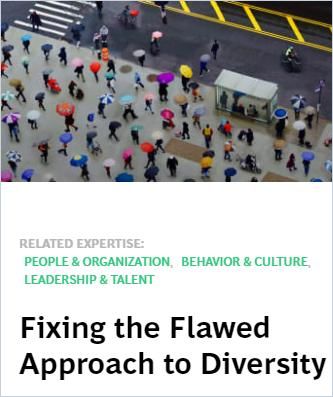
The biggest obstacle to inclusive change is that companies don’t always take action when the need arises. The most successfully inclusive companies keep the conversation going beyond initial training, giving employees real-world experience utilizing their emerging cultural competency.
Organize Employee Resource Groups
Many organizations encourage Employee Resource Groups (ERGs), also known as “affinity groups,” to help extend a voice and a sense of inclusion to LGBTQ employees. This is a way to reduce the barriers LGBTQ workers might feel, but aren’t sure how to address. Employee Resource Groups:
- Help organizations understand employee experiences, especially if patterns are emerging based on the group they identify with.
- Help organizations identify issues that may need to be addressed.
- Help organizations better engage with all employees.
- Foster networking and mentorship opportunities.
- Help organizations be sure group perspectives are included in branding and strategy.
Employers now recognize these groups also aid in employee retention goals as well as strengthen informal social networks that add to worker well-being and a feeling of inclusion. They can help combat feelings of isolation and loneliness, which can diminish productivity.
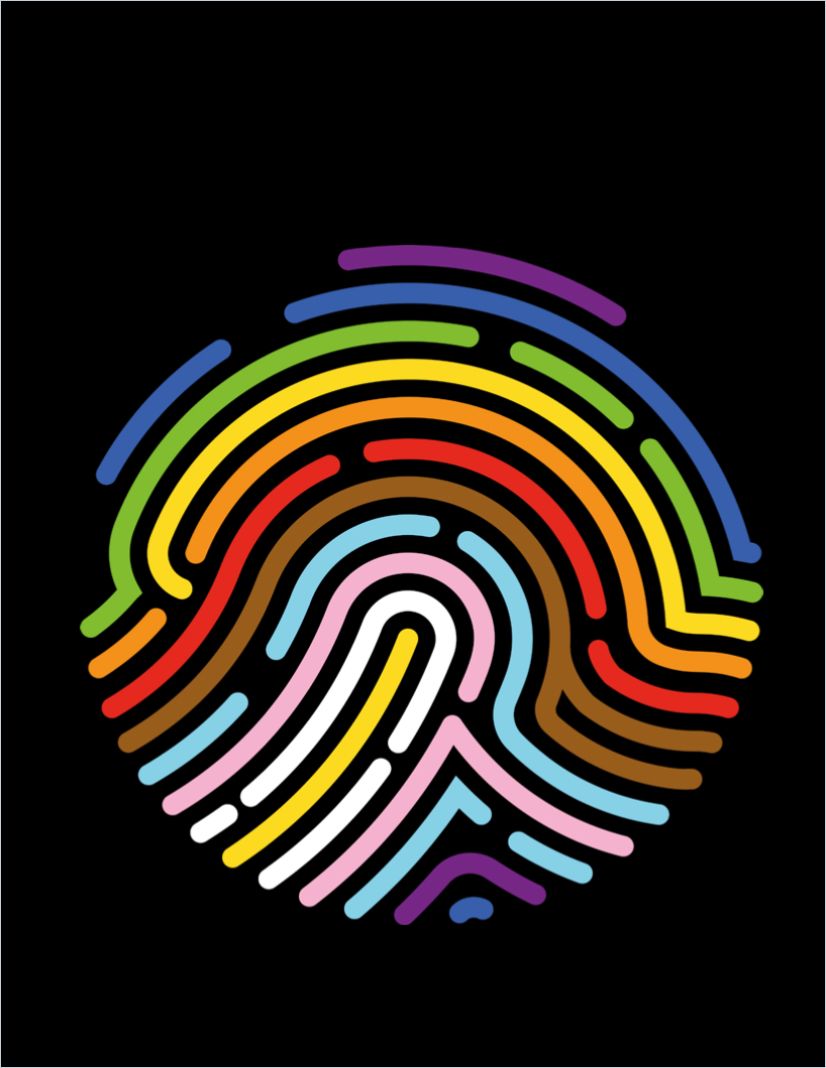
In its “LGBT+ Inclusion at Work” report, Deloitte also recommends ERGs as they encourage and educate about allyship for LGBTQ workers and demonstrate the company’s commitment to inclusion. 90% of LGBTQ survey respondents report feeling more comfortable in workplaces that support ERGs.
Inclusive Leadership
In How to Be an Inclusive Leader, author Jennifer Brown tells the story of the embarrassment suffered by a Fortune 500 company when they were sued for anti-gay comments. The data show that inclusivity policies give companies a competitive edge with customers, investors and employees, including 28% increased revenue, a doubling of net income and 30% greater profit margins.
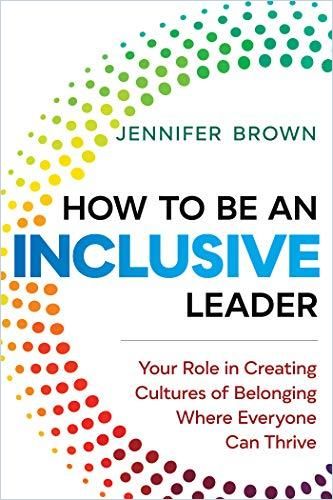
Kaplan and Donovan outline these tactics for inclusive leaders:
- Understand your own “insider-outsider” memberships. Be mindful of whatever privileges you may enjoy and use them for good.
- Make sure your actions align with your intentions of inclusive leadership. Focus on “true meritocracy.” It starts with strategy and vision, where diversity and inclusion is a company value and the aspiration of equity pervades operations.
- Most of all, inspire others with your clear vision for inclusivity. Have the courage to be disruptive if that’s what it takes to change established ways that are out of step with today’s world.
An inclusive culture nurtures social cohesion and well-being, which translates to better collaboration and teamwork. Differences can lead to “creative abrasion” for more innovative solutions. An open culture encourages people to give voice to their best ideas and diplomatically challenge other ideas in the spirit of finding what’s best. To lead a diverse and inclusive culture, get to know the different people within your organization.
An individual has not started living until he can rise above the narrow confines of his individualistic concerns to the broader concerns of all humanity.
Martin Luther King, Jr.
Beyond diversity, leaders aim for equity. Leaders can become “inclusivity advocates” by paying attention to who’s not in the room or at the table and changing that. Educate yourself and your colleagues about inclusivity policies.
